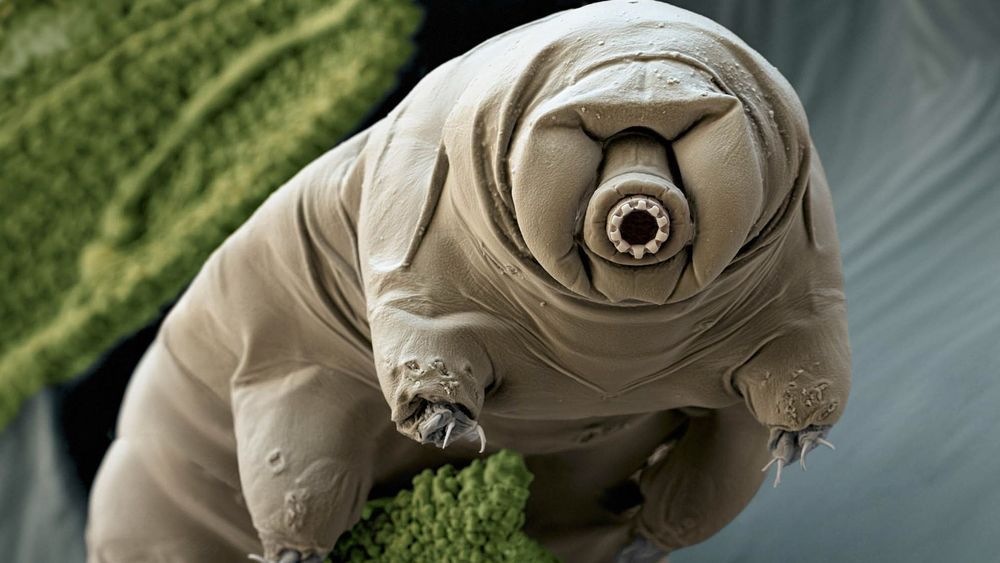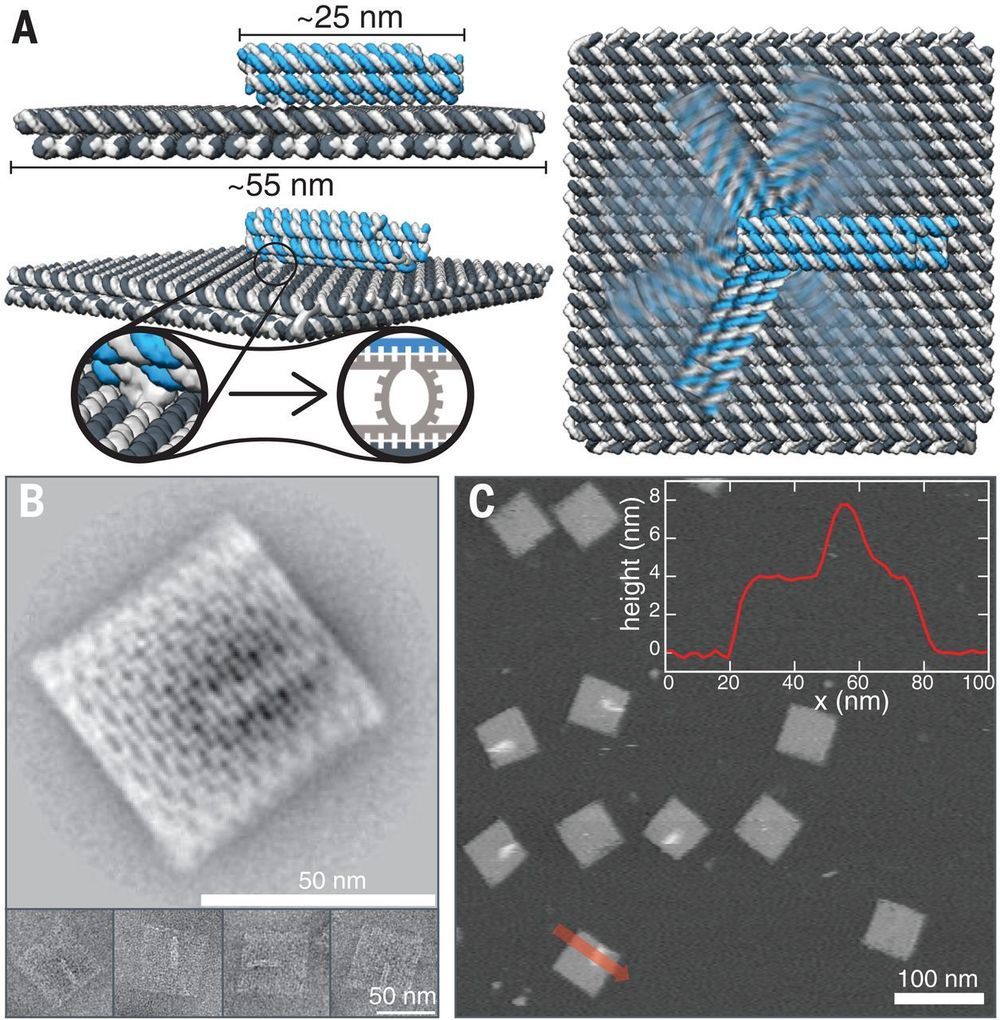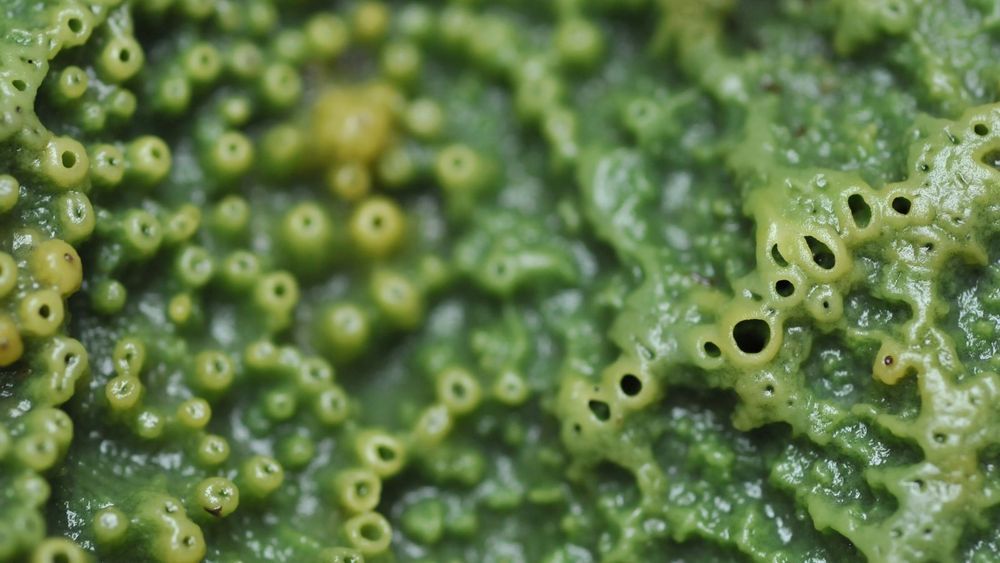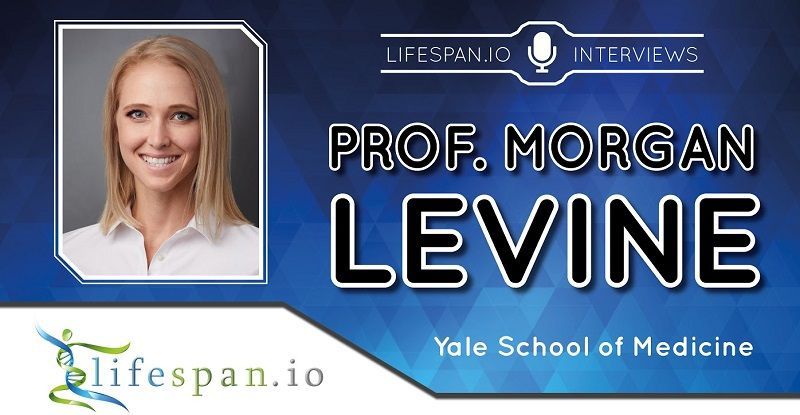
This is where it gets a little weird.
When the team treated human cells in culture with extract of tardigrade, the GFP-tagged proteins stuck to human DNA just like they stick to tardigrade DNA, and cheerfully started doing what they do best: tamping down oxidative stress. When X-rays hit human cells, they do two kinds of damage. X-rays can cause direct DNA strand breaks, which are mostly single-strand. When they strike water molecules, they can also excite them into producing reactive oxygen species, which also cause single-strand breaks. High enough doses of X-rays can cause double-strand breaks. The damage-suppressing protein Dsup went immediately to work on the culture of human cells, suppressing or repairing single-strand and double-strand breaks by about 40%.
Clearly this means we can consume water bears to gain their powers. The study authors remark that the gene portfolio of the tardigrade represents “a treasury of genes” to improve or augment stress tolerance in other cells. Plug-and-play genetics, anyone?


















